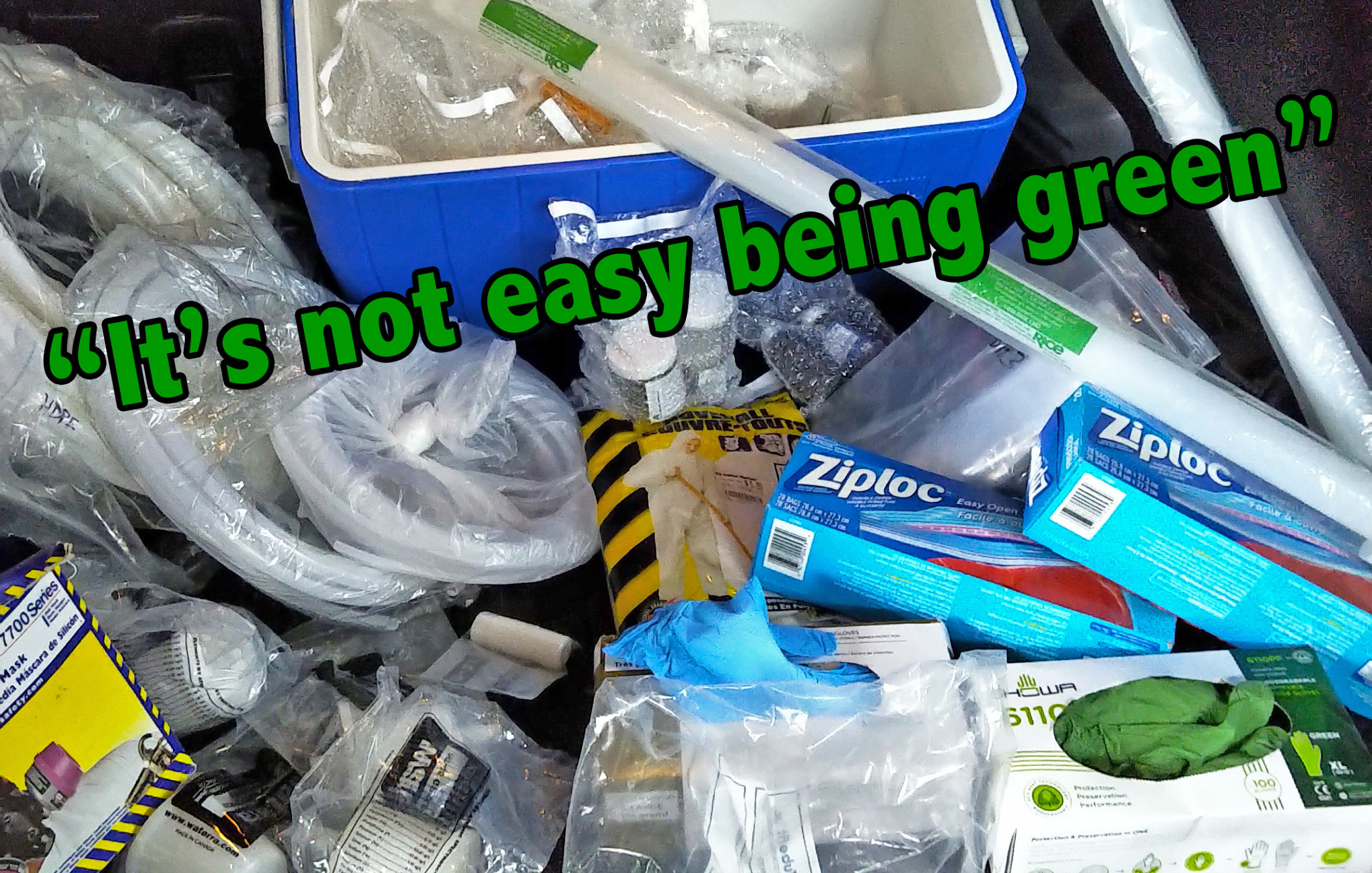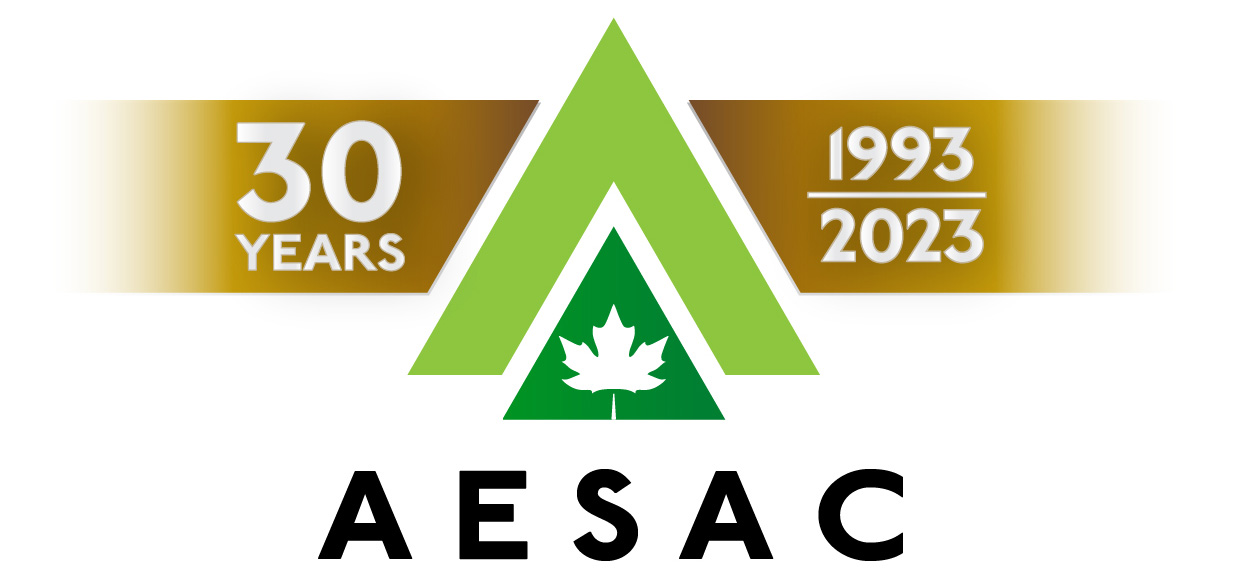- Home
- Training Courses
- Membership
- About Us
- Instructors Blog
- December 2023: All I Want For Christmas
- November 2023: ESA Report Reviews
- October 2023: Can AI Write an ESA Report?
- September 2023: Getting Paid... or Not
- August 2023: Take Me Back...
- July 2023: To Bid or Not To Bid
- June 2023: Selecting a Supplier
- April 2023: Phase 1 Problems, Part 3
- March 2023: Phase 1 Problems, Part 2
- February 2023: Phase 1 Problems, Part 1
- January 2023: Working Outside in Winter
- 2022 Blogs
- 2021 Blogs
- December 2021: Asbestos in your Home
- Sept 2021: Dirty Jars And Other Bad Things… Part 2
- August 2021: Dirty Jars And Other Bad Things… Part 1
- July 2021: How do you want that drawing to look? Part 2
- June 2021: How Did You Want That Drawing To Look? Part 1
- April 2021: So You Need a RSC... Part 2
- March 2021: So You Need a RSC... Part 1
- February 2021: What's In Your Toolbox? Part 2
- January 2021: What's In Your Toolbox? Part 1
- 2020 Blogs
- December 2020: A Day in the Life, Part 2
- November 2020: A Day in the Life, Part 1
- October 2020: Exploring Your Career Path
- September 2020: So You Want To Start Your Own Business - Part 2
- August 2020- So You Want to Start Your Own Business
- June 2020: Effective Communication
- May 2020: Tips For Working From Home
- April 2020: Conducting ESA’s During a Pandemic
- March 2020: It's Not Easy Being Green
- February 2020: Looking Ahead; Bold Predictions for the Next Decade
- January 2020: Looking Back; A Decade in Review
- 2019 Blogs
- 2018 Blogs
- 2017 Blogs
- 2016 Blogs
- 2015 Blogs
- Find an AESAC Member
Menu- Home
- Training Courses
- » Training Courses
- » Webinar Series
- » Calendar of Events
- » Course Registration
- » Course Instructors
- » Testimonials
- Membership
- » Become a Member
- » Certifications
- » Membership Search
- » Update Member Profile
- » Members Only
- » » Member Login
- » » Membership Renewal
- » » Create/Change Password
- » » CESA Certification Application
- About Us
- » About AESAC
- » Course Instructors
- » Contact Us
- Instructors Blog
- » December 2023: All I Want For Christmas
- » November 2023: ESA Report Reviews
- » October 2023: Can AI Write an ESA Report?
- » September 2023: Getting Paid... or Not
- » August 2023: Take Me Back...
- » July 2023: To Bid or Not To Bid
- » June 2023: Selecting a Supplier
- » April 2023: Phase 1 Problems, Part 3
- » March 2023: Phase 1 Problems, Part 2
- » February 2023: Phase 1 Problems, Part 1
- » January 2023: Working Outside in Winter
- » 2022 Blogs
- » » December 2022: Advice To My Younger Self
- » » October 2022: Pre-Purchase Due Diligence
- » » Sept 2022: Words Matter
- » » July 2022: Let Us Come To You
- » » April 2022: Due Diligence
- » » March 2022: Time Management
- » » February 2022: Spinning Augers... Part 2
- » » January 2022: Spinning Augers... Part 1
- » 2021 Blogs
- » » December 2021: Asbestos in your Home
- » » Sept 2021: Dirty Jars And Other Bad Things… Part 2
- » » August 2021: Dirty Jars And Other Bad Things… Part 1
- » » July 2021: How do you want that drawing to look? Part 2
- » » June 2021: How Did You Want That Drawing To Look? Part 1
- » » April 2021: So You Need a RSC... Part 2
- » » March 2021: So You Need a RSC... Part 1
- » » February 2021: What's In Your Toolbox? Part 2
- » » January 2021: What's In Your Toolbox? Part 1
- » 2020 Blogs
- » » December 2020: A Day in the Life, Part 2
- » » November 2020: A Day in the Life, Part 1
- » » October 2020: Exploring Your Career Path
- » » September 2020: So You Want To Start Your Own Business - Part 2
- » » August 2020- So You Want to Start Your Own Business
- » » June 2020: Effective Communication
- » » May 2020: Tips For Working From Home
- » » April 2020: Conducting ESA’s During a Pandemic
- » » March 2020: It's Not Easy Being Green
- » » February 2020: Looking Ahead; Bold Predictions for the Next Decade
- » » January 2020: Looking Back; A Decade in Review
- » 2019 Blogs
- » » November 2019
- » » September 2019
- » » August 2019
- » » July 2019
- » » May 2019
- » » March 2019
- » » February 2019
- » » January 2019
- » 2018 Blogs
- » » November 2018
- » » October 2018
- » » September 2018
- » » August 2018
- » » July 2018
- » » June 2018
- » » May 2018
- » » March 2018
- » » February 2018
- » » January 2018
- » 2017 Blogs
- » » April 2017
- » » June 2017
- » » August 2017
- » » September 2017
- » » December 2017
- » 2016 Blogs
- » » October 2016
- » » September 2016
- » » August 2016
- » » July 2016
- » » June 2016
- » » March 2016
- » » January 2016
- » » December 2016
- » » November 2016
- » 2015 Blogs
- » » April 2015
- » » July 2015
- » » September 2015
- » » October 2015
- » » December 2015
- Find an AESAC Member
I fondly recall Kermit the Frog on Sesame Street, singing “It’s not easy being green.” As an environmental scientist, I like to think I am pretty ‘green’. I advise clients how to prevent pollution, I clean up contaminated sites, and I am a big proponent of sustainable development and adaptive re-use of Brownfields. But at last fall’s Toronto AESAC course my colleague and guest speaker Dan Spasic of ALS Canada testing laboratory got me thinking about ways we can improve on some of our more wasteful practices in environmental site assessment (thanks Dan). Whether it’s in the field, lab or office; it’s not enough these days to just ‘talk the talk’, our industry must strive to generate less waste (especially single use plastics) and reduce our overall environmental footprint.
I know we must prevent cross contamination, and obtain accurate and representative soil and groundwater samples in every environmental investigation. But just think of how many single-use plastic bags, plastic/silicone tubing, inertial foot valves, nitrile/latex gloves, plastic bailers, in-line groundwater filters and sample jars we use in a typical field sampling program (as shown in the accompanying picture of the back of my vehicle). Not to mention the drums of impacted soil cuttings from drilling, and purged ground water from monitoring well development that must be disposed of. How can we improve? Consider little things like bio-degradable sampling gloves instead of nitrile, and taking steps to reduce sample volumes. I remember having to collect four litres of groundwater in about a dozen sample bottles; which due to significant sample reduction at the labs, can now be conducted with about a litre. Selection of drilling method (direct push sampling versus hollow-stem augurs) can significantly reduce soil cuttings. The use of High Resolution Site Characterization (HRSC) technologies, such as Membrane Interface Probe (MIP), Hydraulic Profiling Tool (HPT), and Laser Induced Fluorescence (LIF) as an alternative to conventional drilling can further reduce sampling and residual drilling waste. Low-flow techniques or passive diffusion bag groundwater sampling can reduce both well purge volumes and the amount of single-use plastic tubing and inertial foot valves used.
Although things have improved greatly with office recycling and general awareness, consider the amount of paper and other office waste we generate. In years past, most clients wanted multiple printed copies of every report. Now, with some of my regulatory ESA reports well over the 200-page marker; everyone gets an electronic copy, with very few hard copies issued. When you do have to print something, use recycled paper, print double sided, switch to an ‘eco-tank’ printer from cartridges, and think before you automatically print. Think about getting rid of the coffee pods, and get a coffee brewer. If you haven’t already done this, perform a waste audit of your operations.
Remedial options and costs are quite varied, and not every method suits the specific type of contamination nor the proponent’s budget and time frame. However, the traditional ‘dig and dump’ method is getting more expensive, potentially takes up valuable landfill space, and really just moves the problem to another location. The advent of in-situ remediation techniques (chemical oxidization/reduction; bio-remediation, thermal treatment, stabilization); the gathering acceptance of alternatives like risk assessment and risk management; along with beneficial soil re-use legislation such as Ontario’s new excess soil regulations may all help to ‘green’ the Brownfield sector.
There are lots of things we can improve on both large and small scales, we just have to do it. No, Kermit the Frog laments, it’s not easy being green; but as ‘Rage Against the Machine’ reminds us: “It has to start somewhere. It has to start sometime. What better place than here? What better time than now?”
Bill Leedham, P. Geo., CESA
Bill is the Head Instructor and Course Developer for the Associated Environmental Site Assessors of Canada (www.aesac.ca); and the founder and President of Down 2 Earth Environmental Services Inc. You can contact Bill at info@down2earthenvironmental.ca
Training Courses
Membership
About Us
Contact UsCopyright (c) 2024 Associated Environmental Site Assessors of Canada; AESAC Inc.



